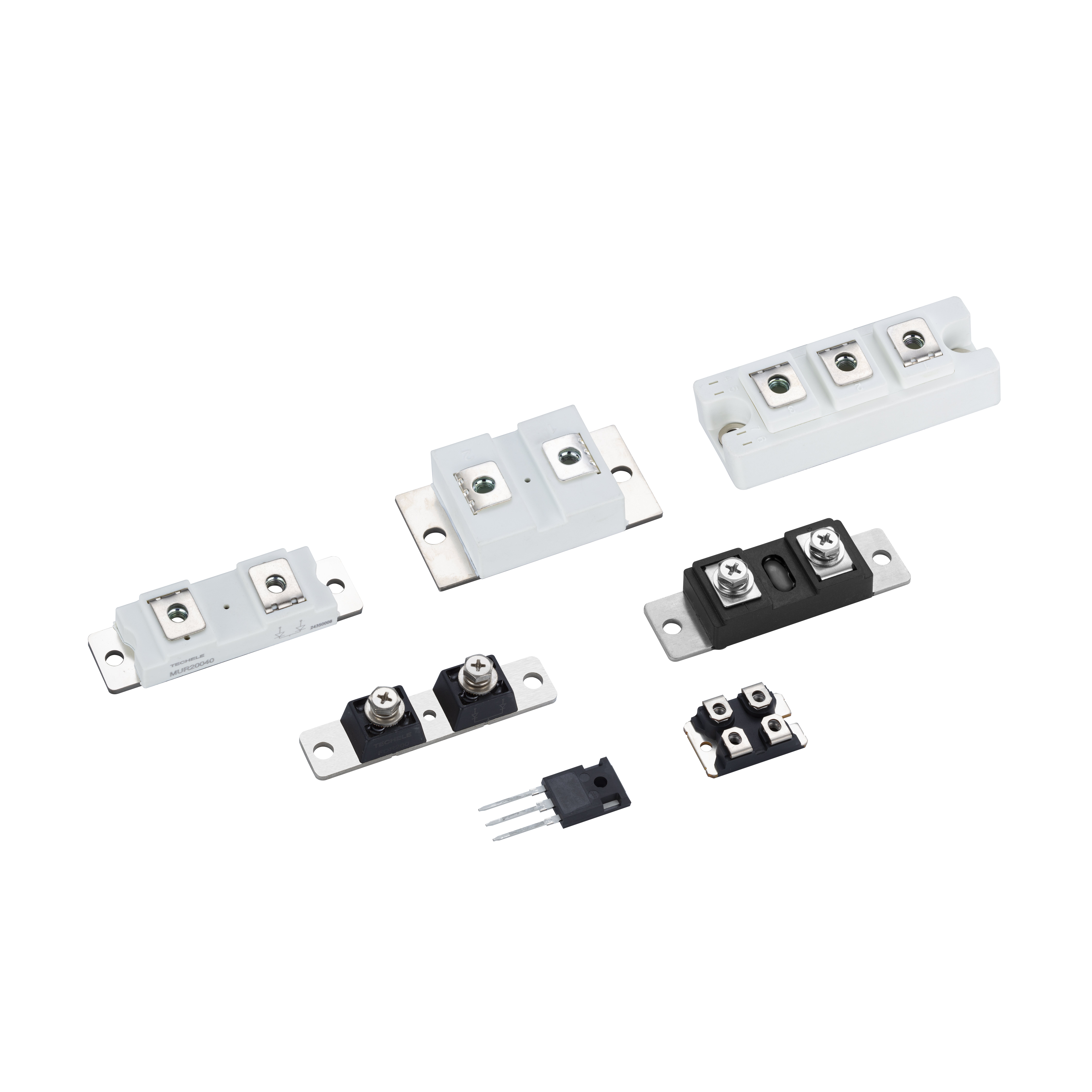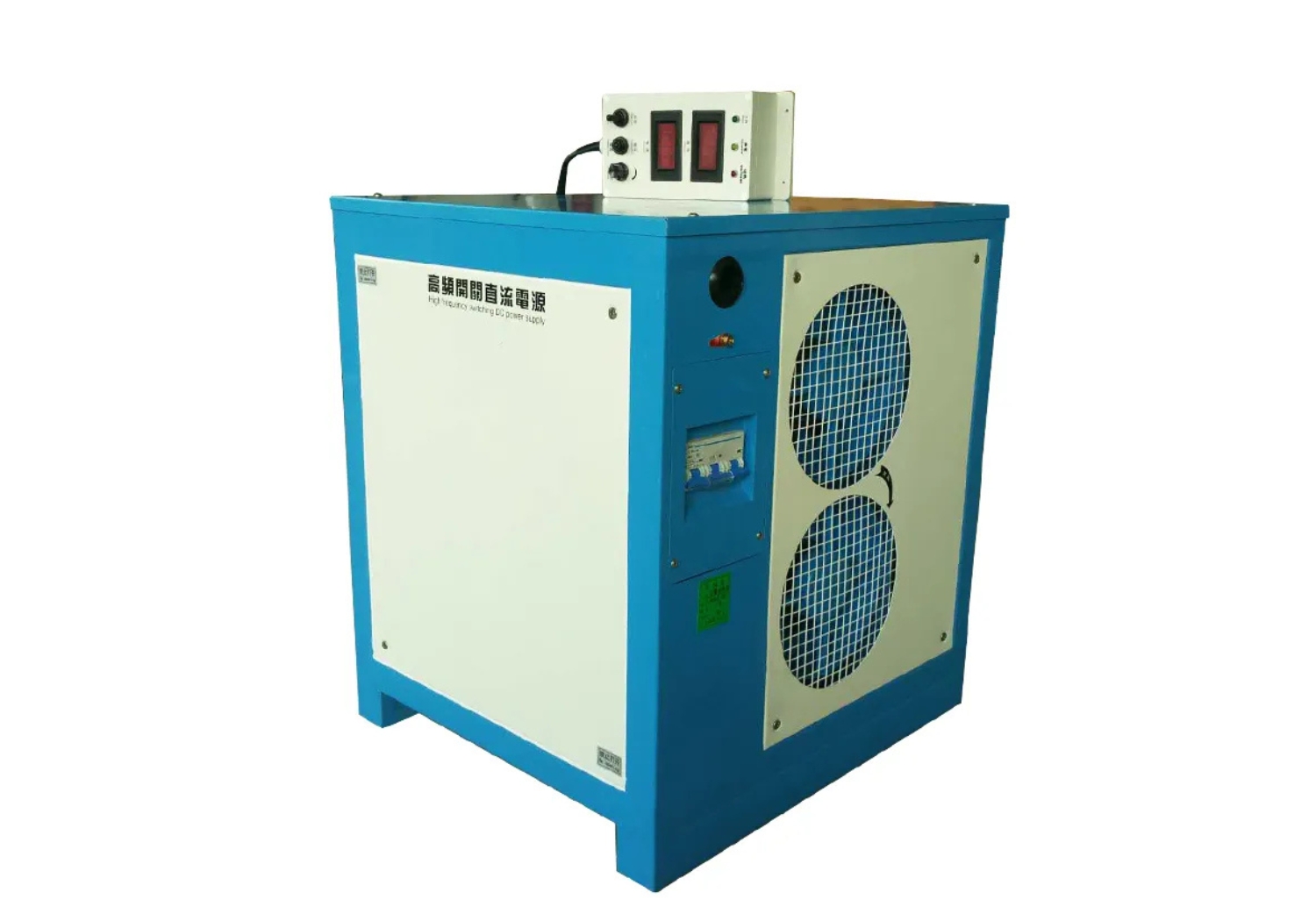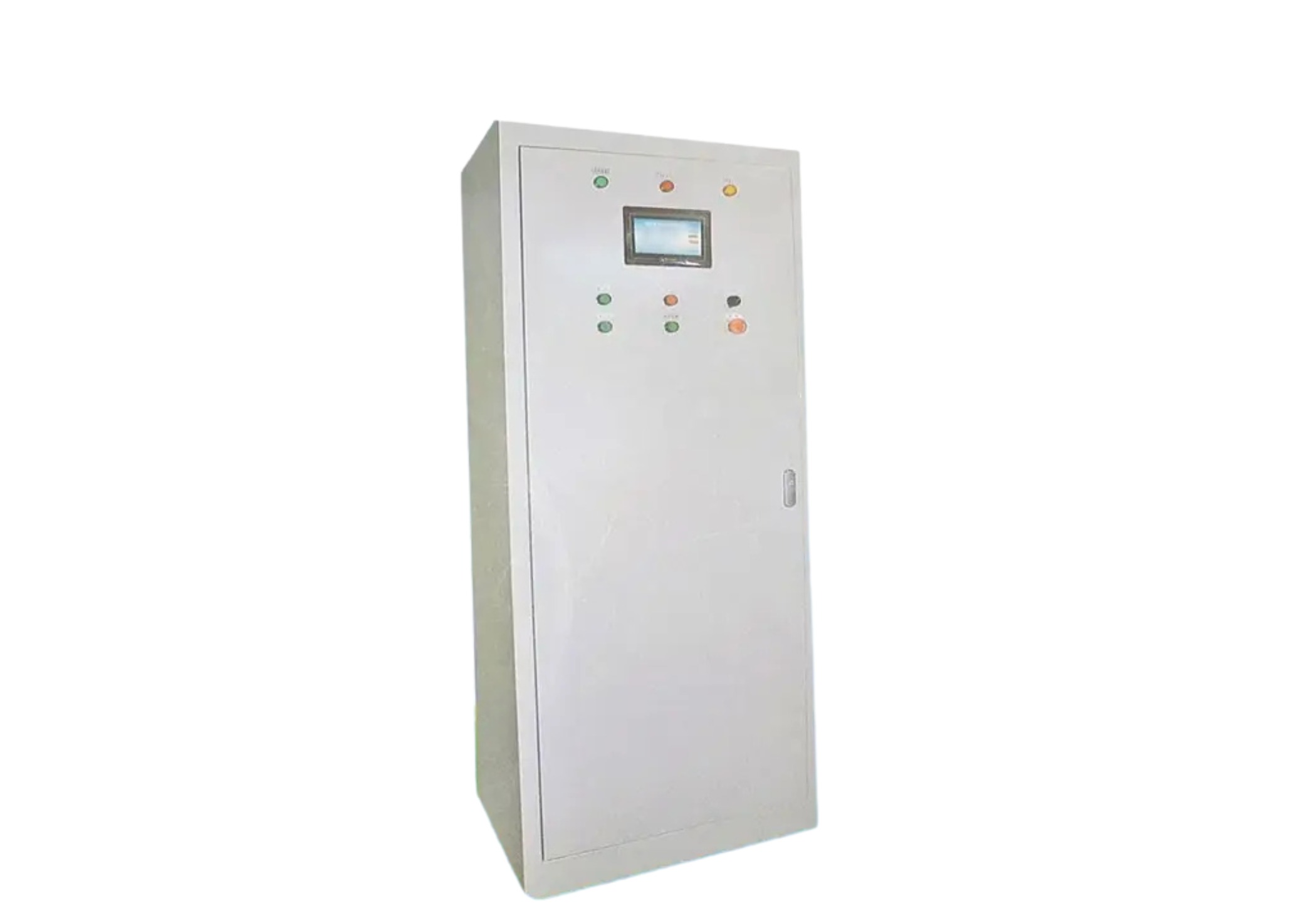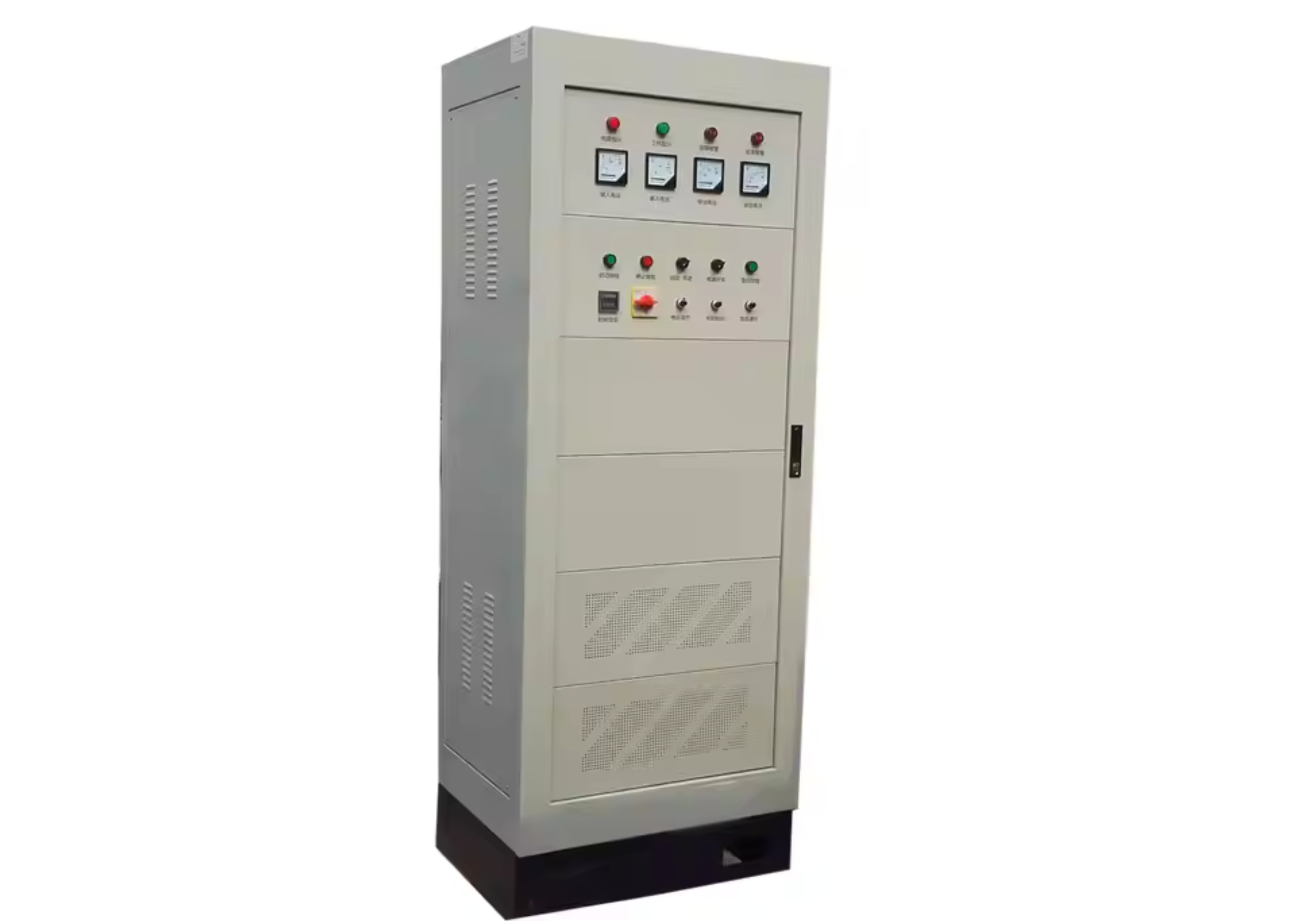Understanding the Role of High Power Thyristors in Industrial Switching — A Case for the 700PE160
In modern power conversion systems, the role of semiconductor switches is critical—not only in terms of electrical performance, but in determining long-term system reliability, efficiency, and cost. Among these components, thyristors (specifically silicon controlled rectifiers, or SCRs) remain a fundamental choice in industrial environments that demand high current capacity, ruggedness, and stable gate control under varying thermal conditions.
One example that highlights this design space is the 700PE160, a high-power disc-type thyristor designed for average currents up to 720A and blocking voltages of 1600V.
Thermal and Electrical Stress: A Systemic Problem
In many industrial systems—such as DC motor control, rectifier bridges for electroplating, or high-capacity battery chargers—thermal cycling and surge current management are among the most common failure modes encountered in the field.
These systems often experience:
High peak inrush currents, especially during startup or load switching
Elevated ambient temperatures with inadequate forced cooling
Voltage transients or commutation failure in phase-controlled environments
Mechanical stress due to improper mounting or clamping pressure inconsistencies
Standard plastic-packaged SCRs frequently underperform in such conditions due to limited thermal mass and lower mechanical durability. This has pushed many OEMs and integrators to return to metal-cased, puck-type thyristors for mission-critical loads.
Engineering Characteristics of the 700PE160
The 700PE160 thyristor features a hockey-puck (TO-200AB) package with symmetrical pressure contacts, optimized for high-reliability assembly onto heatsinks or water-cooled systems. Key attributes include:
Average On-State Current (I<sub>T(AV)</sub>): 720A
Repetitive Peak Reverse/Off-State Voltage (V<sub>DRM</sub>/V<sub>RRM</sub>): 1600V
Surge Current Capacity (I<sub>TSM</sub>): 9000A at 50Hz
Low On-State Voltage (V<sub>TM</sub>): 1.96V at 1810A
Thermal Resistance (R<sub>thJC</sub>): 0.04 K/W
dV/dt Capability: 500 V/μs, ensuring stability during fast voltage transitions
Importantly, the 700PE160 also adopts a center amplifying gate configuration, which allows more predictable gate triggering behavior even at elevated junction temperatures—a valuable feature in designs requiring phase angle precision or firing consistency across multiple SCRs in parallel.
Application Considerations
This type of thyristor is not universally needed in all systems. However, for specific cases where:
Load currents are consistently above 400–500A
Operating environments exceed 80°C ambient
Surge handling is a critical part of the reliability model
Forced air cooling is insufficient or undesired
The cost of failure includes downtime, not just replacement
…the 700PE160 and devices like it become not only viable, but essential to stable long-term operation.
Conclusion
The selection of a high-power SCR is rarely about maximum voltage or current ratings alone. Instead, it involves understanding the operational stress envelope of the application and matching it with devices that offer thermal resilience, low conduction losses, and robust packaging.
While newer switch technologies such as IGBTs and SiC MOSFETs offer advantages in high-frequency switching, for line frequency control, soft-start, and high-current rectification, devices like the 700PE160 remain unmatched in ruggedness and thermal stability.
For engineers designing such systems, a disciplined evaluation of thyristor properties—including mounting interface, junction-to-case thermal resistance, and transient behavior—remains a critical part of ensuring system success.






